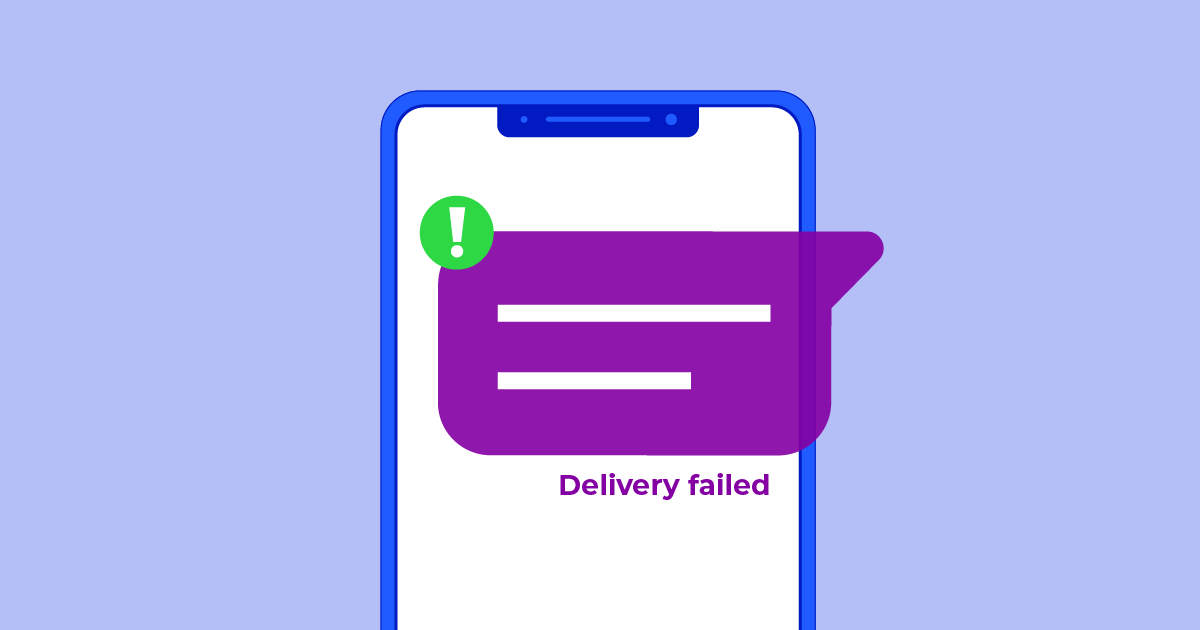
If you’ve been facing SMS deliverability issues, you are not alone. Many businesses encounter obstacles when it comes to successfully delivering SMS messages to their customers.
But as a product manager for a fast-moving financial services company, we know that you don’t have endless amounts of time to research and understand the root causes of SMS delivery failures. Plus, any time that you and your team spend investigating SMS delivery issues takes away resources from improving your financial product.
Proactively check a phone number’s deliverability and legitimacy before paying to send that phone number an SMS message. We have an API that makes it easy for you and your developers to access these global phone number datasets before sending SMS messages.
In this article, we will walk through all the ways that you can use our API to automatically avoid SMS delivery failures and build more effective communication workflows with your customers.
Table of Contents
For your onboarding workflows
For most fintech companies, SMS messages are crucial during the new user onboarding process. By sending potential new users SMS messages with one-time passcodes (OTPs), fintech companies can detect and stop fake new users from creating accounts while quickly verifying and onboarding legitimate users.
There are two common categories of issues for fintech companies who send SMS OTPs during onboarding:
- SMS OTPs are triggered but not successfully delivered
- SMS OTPs are delivered but are being sent to fraudsters
You can proactively solve both issues by using Telesign Phone ID to check a phone number before sending an SMS OTP. When you make a request to our Phone ID API, we return details on that number’s phone type (landline, VoIP, or mobile), registration location (country, city, and zip code), and more. These details are pulled in real-time from global phone number and IP datasets.
With this information, you and your team can update your automated onboarding SMS messaging workflows to avoid sending SMS messages to users who:
- Provide landline, toll free, or other invalid phone numbers that cannot receive SMS messages (see a full list of phone type data provided by Phone ID)
- Have phone numbers that are registered in locations that you deem as risky or ineligible for your financial services
- Have high risk phone numbers like non-fixed VOIP or restricted lines
The end result: better SMS delivery rates, lower costs, and improved security. It’s a win-win for you and your target new customers.

For protecting against account takeover attempts
Many fintech companies use SMS messaging workflows to verify users when they login to their accounts, attempt to make large transfers or transactions, or change their account details. This added layer of verification is largely beneficial for fintech companies and their users.
But it’s no use sending an SMS message to a user to verify their identity and actions if the SMS message never arrives. Make your account verification workflows more effective and efficient by layering in data from our Phone ID API to check phone type and cleanse phone number formatting issues before sending verification SMS messages.
With Telesign Phone ID, you can automatically:
- Determine the optimal channel for message delivery (SMS, email, or other)
- Cleanse and format phone numbers before sending SMS messages
This proactive approach helps safeguard customer accounts and minimize financial losses, fostering long-term customer trust and loyalty.
Get started with Phone ID with a free trial account
You and your developers can try Phone ID by looking up your own phone numbers through a free trial account where you can access:
- Complimentary $5 in test credits
- API key
With these trial credits and API key, you can test Phone ID through our code samples, or through our no-code API Explorer. We hope you build with us!



